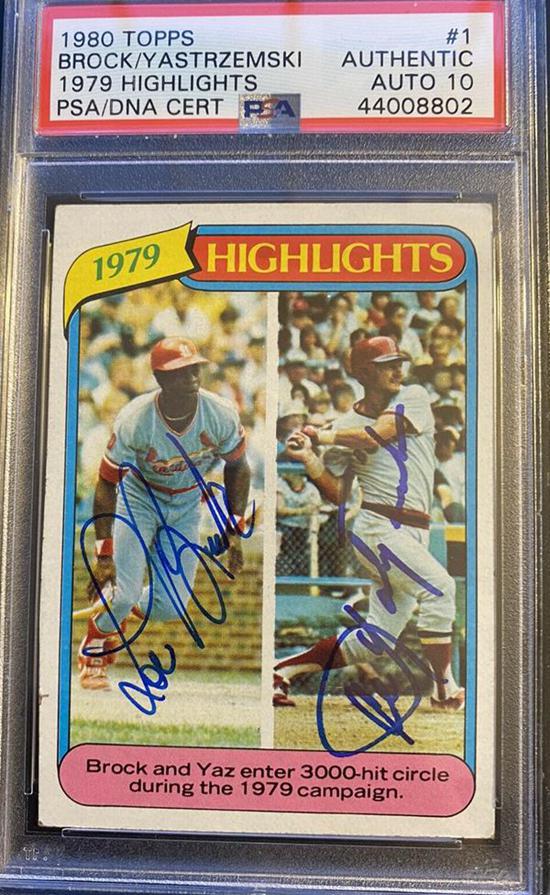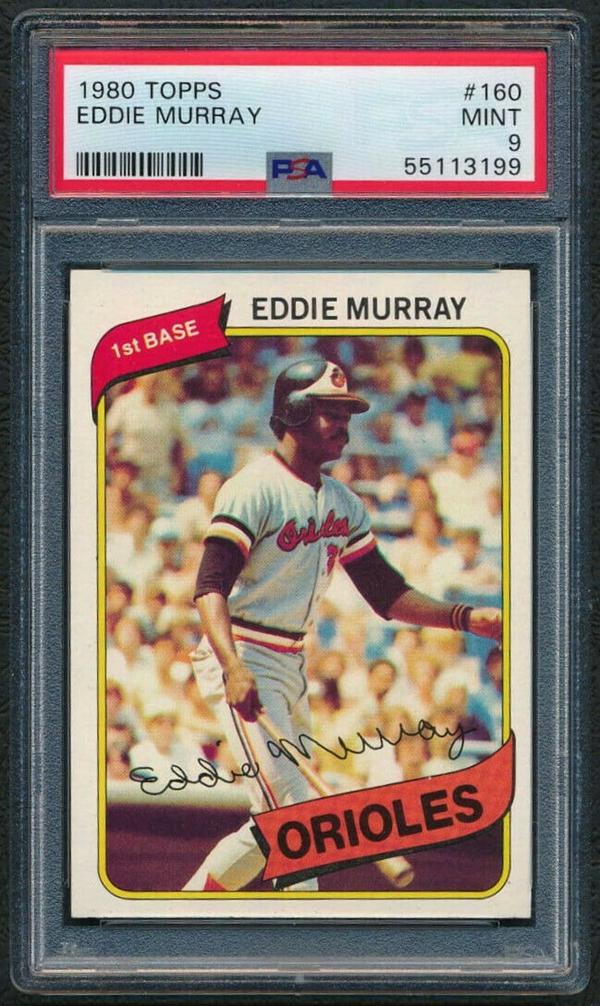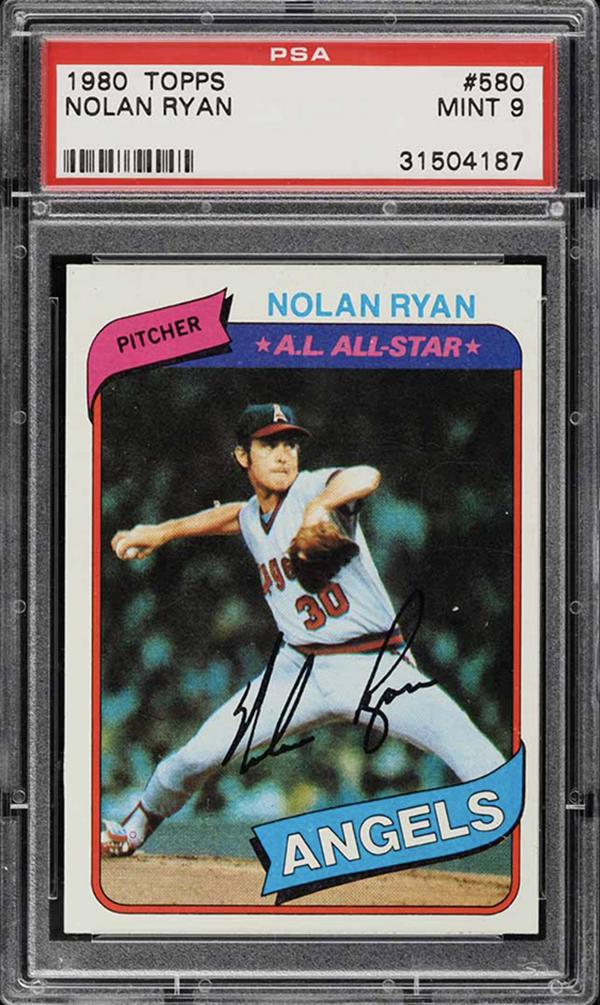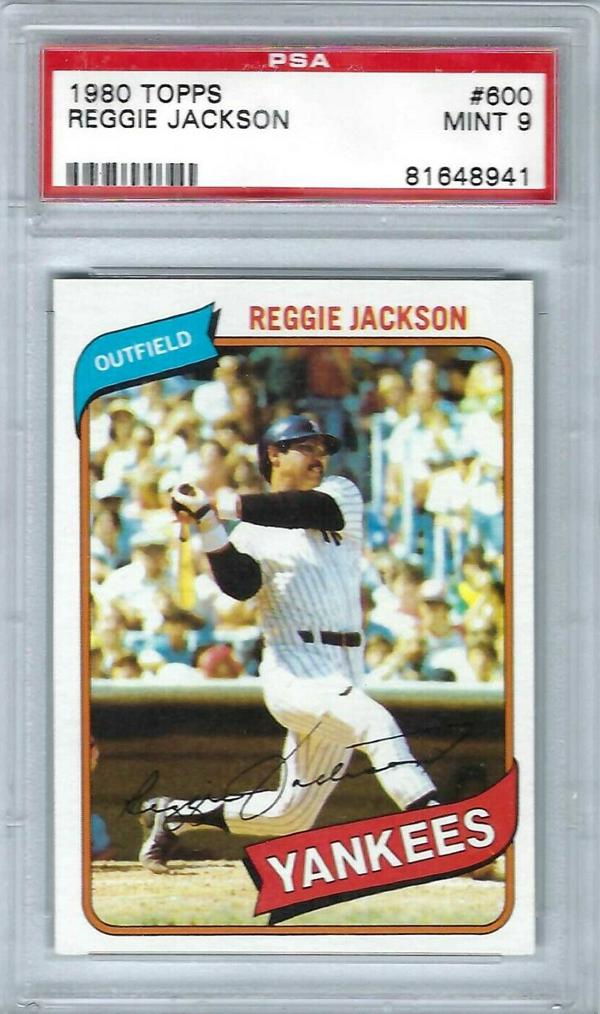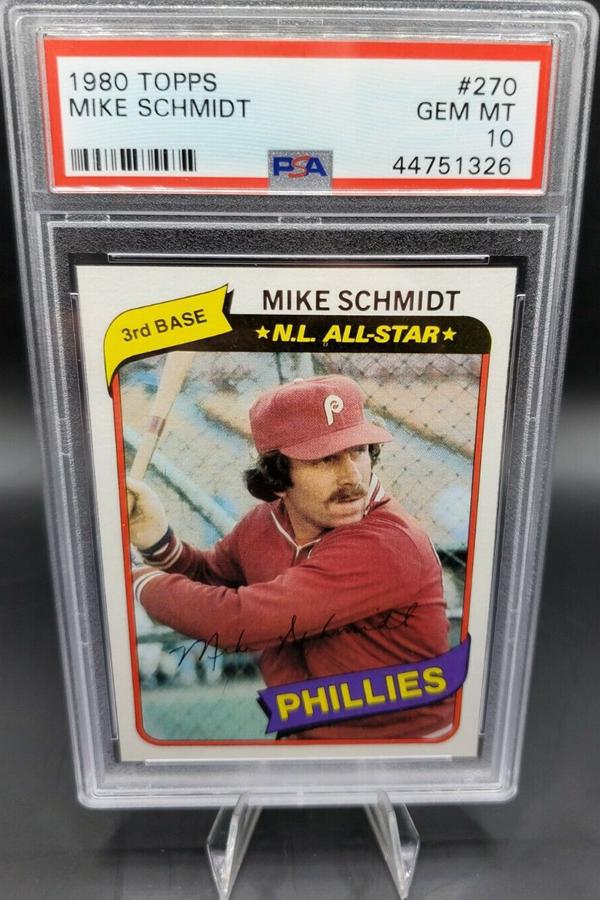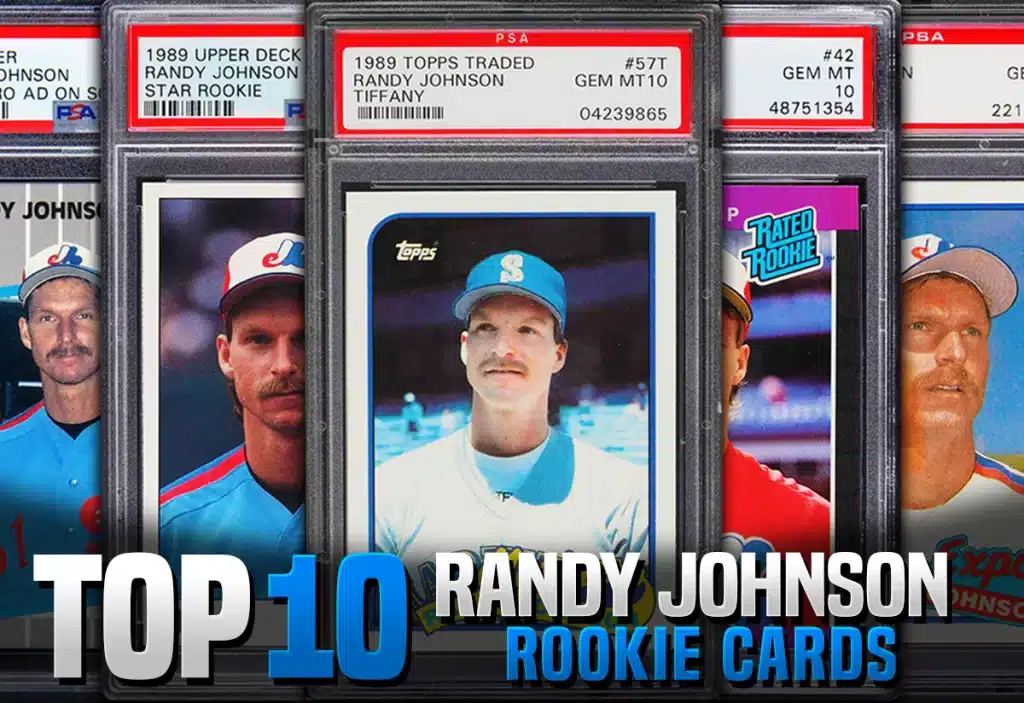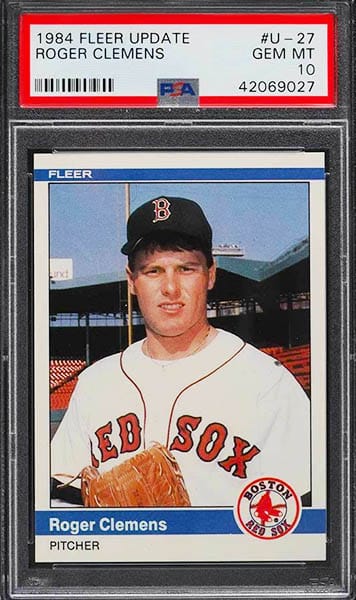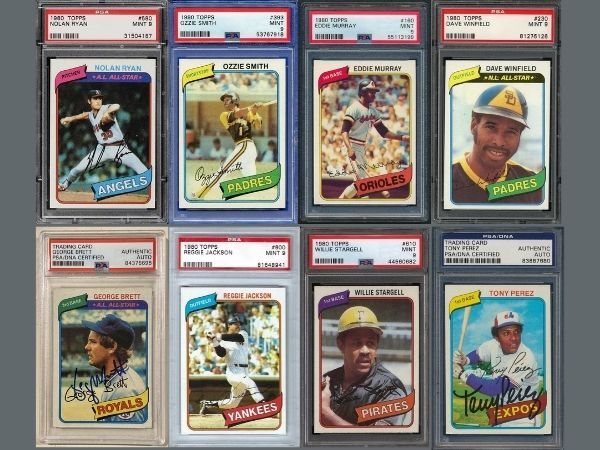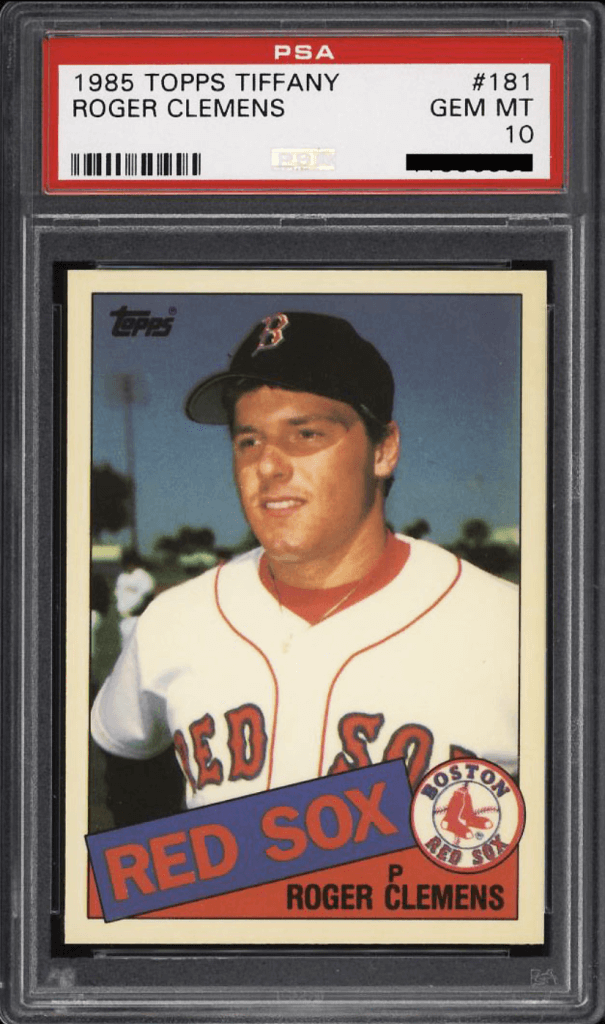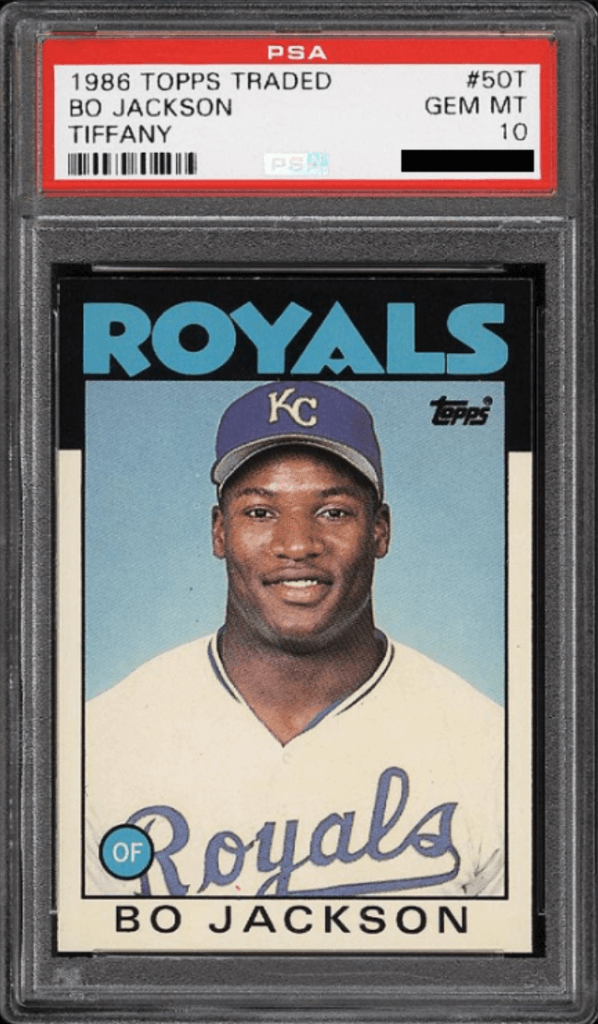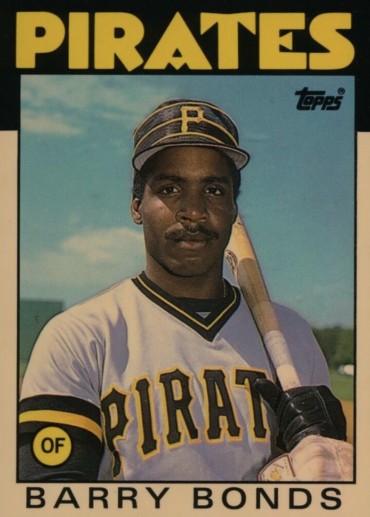Most Valuable Baseball Cards 1980's
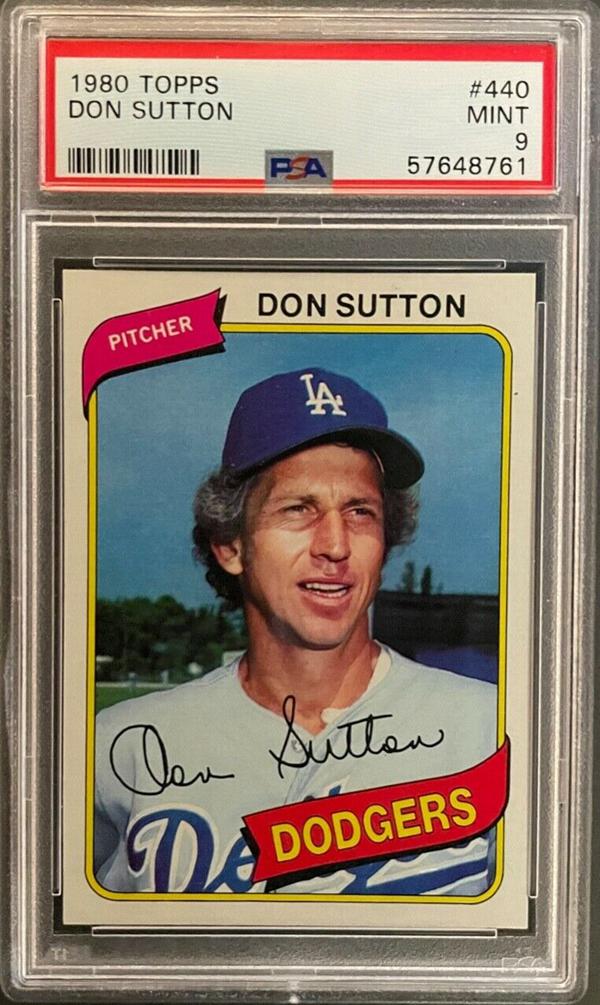
For many, the 1980s represent a golden age of baseball card collecting, a period fueled by booming production and widespread enthusiasm. However, amidst the sheer volume of cards printed, a select few have emerged as highly sought-after treasures, commanding impressive prices in the modern market. These cards offer a fascinating glimpse into the era and highlight the evolving landscape of sports memorabilia valuation.
The allure of these specific cards lies in a confluence of factors including scarcity, player popularity, condition, and historical significance. Identifying and understanding these factors can provide valuable insight for both seasoned collectors and newcomers interested in navigating the 1980s baseball card market. What makes these cards so valuable?
The Stars of the Decade
One of the most coveted cards from the era is the 1986 Topps Traded Barry Bonds Rookie Card. A pristine, graded example can fetch a considerable sum, reflecting Bonds's legendary status and the card's relative scarcity in top condition. The high demand stems from Bonds's record-breaking career and the card's appeal as a cornerstone of any serious collection.
Similarly, the 1985 Topps Mark McGwire Rookie Card, issued during his time with the Oakland Athletics, holds substantial value. The card’s value is closely tied to McGwire's historical home run chase with Sammy Sosa. Despite the controversy surrounding his career, the card remains an important piece of baseball history.
The 1989 Upper Deck Ken Griffey Jr. Rookie Card is another cornerstone of 1980s collecting. The card’s appeal is due to Griffey's natural talent and graceful playing style. This card represented a new era in card design and packaging when Upper Deck entered the market.
Rarity and Condition: Key Determinants
The condition of a card is paramount in determining its value. Cards graded as PSA 10 or Beckett Grading Services (BGS) 10, signifying gem mint condition, command the highest premiums. Even slight imperfections, such as frayed edges or off-center printing, can significantly reduce a card's worth.
The limited production of certain cards and variations can also drive up their value. Error cards, featuring printing mistakes or factual inaccuracies, often become highly sought after by collectors seeking unique pieces. These anomalies add an element of intrigue and rarity to the market.
"The key to collecting is to focus on what you enjoy and to do your research," advises John Henderson, a long-time baseball card collector. "Don't just chase the big names; explore different sets and variations to find hidden gems."
The Impact on the Hobby
The high values assigned to these 1980s baseball cards have had a significant impact on the sports memorabilia hobby. They have attracted new investors and collectors, further fueling the market's growth. Increased awareness of card values has also led to greater scrutiny and professionalization in grading and authentication processes.
However, the rising prices have also created concerns about accessibility and affordability for casual collectors. The cost of acquiring these key cards can be prohibitive, potentially discouraging newcomers from entering the hobby. This situation highlights the need for a balanced approach that preserves the hobby's accessibility while recognizing the value of rare and historically significant items.
The market for 1980s baseball cards remains dynamic and ever-evolving. While the high-value cards capture the headlines, there are still many affordable and enjoyable options for collectors of all budgets. Whether you're pursuing a specific player, completing a set, or simply reliving childhood memories, the world of 1980s baseball cards offers something for everyone.
